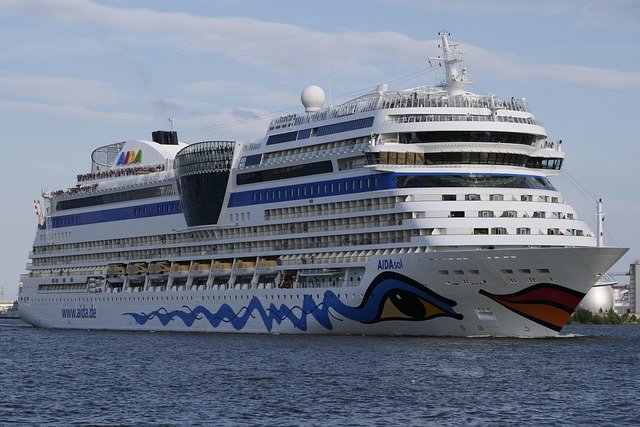Discovering Hidden Treasures on Two Wheels: The Rise of Bicycle Tourism
Introduction There's something liberating about exploring the world on two wheels. The wind in your hair, the sun on your face, and the freedom to stop and explore whatever catches your eye. Welcome to the world of bicycle tourism, where adventure meets practicality in the most fascinating way.

Pedaling Through History
The concept of bicycle tourism is not new. Since the invention of the bicycle in the 19th century, people have been using it as a means of transport and recreation. In the early days, bicycles were a luxury item, owned by the elite who enjoyed leisurely rides in the countryside. However, as bicycles became more affordable and accessible, they quickly became a popular mode of transport for the masses.
Fast forward to the 21st century, and the humble bicycle has evolved into a vehicle for tourism. Today, bicycle tourism is a global trend, with millions of tourists choosing to explore their destinations on two wheels.
The Current Pedal Push
Bicycle tourism has surged in popularity over the past few years. According to a study by the Adventure Cycling Association, bicycle tourism generates $83 billion annually in the U.S. alone. This boom in bicycle tourism can be attributed to several factors.
Firstly, there’s the appeal of eco-friendly travel. As travelers become more conscious of their environmental impact, they’re seeking out sustainable options. Bicycles offer a green alternative to motorized transport, reducing carbon emissions and contributing to cleaner air.
Secondly, there’s the health benefit. Cycling is a great form of exercise, and what better way to keep fit than by exploring new places on a bike?
Finally, there’s the sheer joy of discovery that comes with bicycle tourism. Unlike traveling by car or bus, cycling allows you to immerse yourself in your surroundings and experience them at your own pace.
The Wheel Deal: Pros and Cons
Like any travel trend, bicycle tourism comes with its own set of advantages and challenges. On the plus side, it’s a cost-effective way to travel. You save on fuel and transportation costs, and you can often access places that are off-limits to motorized vehicles.
On the downside, bicycle tourism requires a certain level of fitness and endurance. Long rides can be physically exhausting, particularly in hilly or mountainous regions. Weather can also be a factor, as cycling in extreme heat or rain can be unpleasant and potentially hazardous.
Practical Tips for a Smooth Ride
- Start small: If you’re new to cycling, start with short rides and gradually build up your endurance.
- Pack smart: Bring only the essentials to keep your load light.
- Plan your route: Use maps and GPS to plan your route and avoid getting lost.
- Stay safe: Wear a helmet, use bike lights, and follow traffic rules.
In summary, bicycle tourism is an exciting and sustainable way to explore the world. It offers a unique blend of adventure, exercise, and eco-friendliness that appeals to a wide range of travelers. Whether you’re cycling along a scenic coastal road or through a bustling city, the world looks a little different from the saddle of a bike. So strap on your helmet, hop on your bike, and discover the joys of bicycle tourism.




